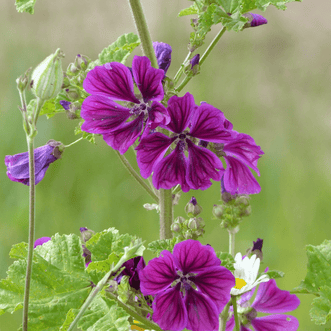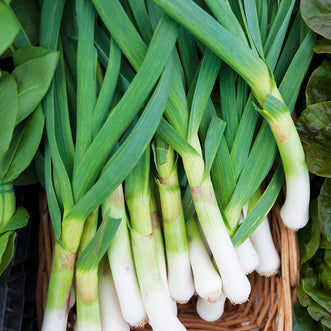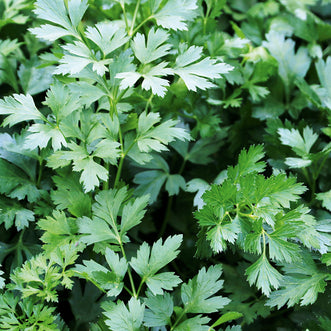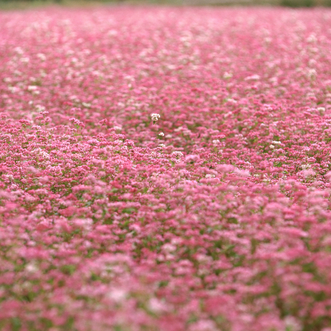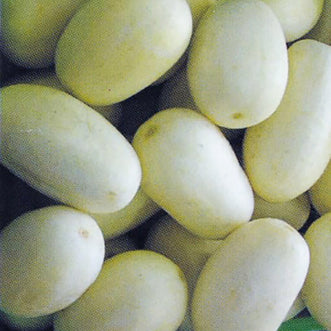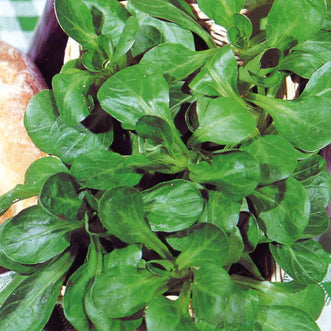Bring on the Beneficials

Spring is the season when Mother Nature literally throws off the blankets and comes back to life. Gradually the buds on the trees burst new growth, daffodils are everywhere, the lawns are looking scruffy again and birds are scavenging for nesting material. Insects above and below ground are also getting busy, the longer days and warmer temperatures tell them it’s time to go forth and multiply...
As far as gardeners are concerned, insects fall into three groups - the Good Guys, the Bad Guys and the “Neither Ones”, those that just need to be left alone as they don’t affect us at all. So, if you’re considering how to limit the damage that the bad ones do to your garden, then firstly work out how to encourage the good ones to help you achieve this.
In the ground, beneficial insects include worms that aerate the soil, break down decaying plant matter and provide valuable enzymes and bacteria - microbial actions too small for us to observe.

On the surface and in the litter zone, are beetles, slaters and ants aerating the mulch, dealing with decaying plant material and keeping the place tidy. Yes, ants can reach a pest level at times with colonies establishing where you don’t want them but most of the time, they’re OK.

In the air and above ground, you have Hoverflies, Bees, Bumblebees, Lacewings, Ladybirds, Parasitic Wasps, Spiders and Dragonflies, all on your side doing their best to pollinate your plants and feast on the insects and their larvae that damage your gardens.

On the bad side are the Cutworms, Nematodes, Thrips, Leaf Miners, Mealy Bugs, Scale Insects and White Butterfly caterpillars to name a few. These guys chew and suck the sap from the leaves, stems and roots of your favourite plants, spread diseases and cause damage that allows secondary infection to set in.
So how can you encourage the Beneficials, your Good Guys?
In the ground, dig down and loosen compacted soils. This will encourage worms to go deeper and move about more. Incorporate well-rotted mulch and side dress with lime to sweeten the soil.
On the surface, leave a layer of mulch, this will suppress weeds, slow down evaporation and erosion and provide a habitat for the Beetles, Slaters and Ants. Beetles and Slaters are thought to enjoy slug and snail eggs, another good thing.
Above the ground, start sowing annuals on a regular basis and placing them around your garden to provide nectar, pollen and habitat for all the flying beneficial insects that pollinate plants and predate the troublesome insects.
-
Hoverflies appear early in spring and are sometimes confused with small wasps, their larvae feed on aphids.
-
Lacewings are similar but bigger than Hoverflies with distinctly larger lace-like wings. They like to gorge on aphids, moth eggs, caterpillar larvae, thrips and mites.
-
Predator Wasps also like sweet plump aphids and will devour many other soft shelled larvae eggs and nymphs of unwanted insects. Flowers with umbelliferae-shaped heads are great for allowing these wasps with their short noses easy access to available nectar.
-
Spiders are tireless web builders that catch flying insects so if they’re not in your way, just leave them alone.
-
Bees and Bumblebees are your Number One Good Guys, pollinating your trees and plants and without them we would probably be extinct.

So do the good thing, don’t set out to kill all the bugs in your garden, encourage the Beneficials so that they work for you instead.


















